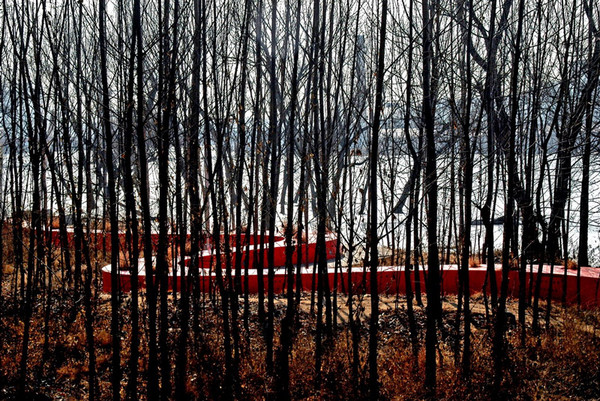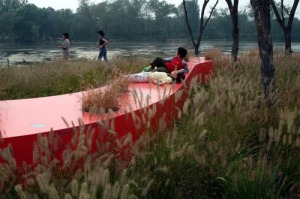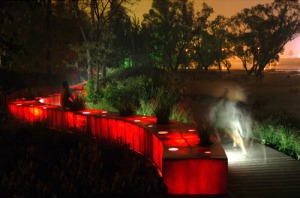Criticism is a vital part of design. It happens at every stage of the design process, from the response to a site and a brief, through to ongoing critique of the design’s evolution, and ultimately to the critique of a built work. Sometimes the most unequivocal critique of a work happens when a built work of landscape architecture is demolished and rebuilt to a different design. Designers critique their own work and the work of others. An active critical discourse underpins a healthy discipline and profession.
Design criticism often suffers from being seen as a negative voice, and a destructive part of the design process. But critique is a creative practice in its own right. As Bernadette Blanchon states, “criticism is fully part of the creative process itself,” echoing John Hopkins’s observation that, “If it is done thoughtfully, criticism can be as much a creative act as design itself.” Kongjian Yu reiterates this sentiment in his belief that “Landscape criticism is in many ways more challenging than creating a landscape itself.” There is a lack of books on design critique in landscape architecture. For many years the lack of theory in the discipline was cause for concern, but the steady flow of books on theory in landscape architecture signals that this dimension of the discipline is maturing. It is useful to consider neighbouring disciplines, such as art and architectural criticism, and consider what can be gleaned from them.
Jacky Bowring, Landscape Architecture Criticism (2020)





























































